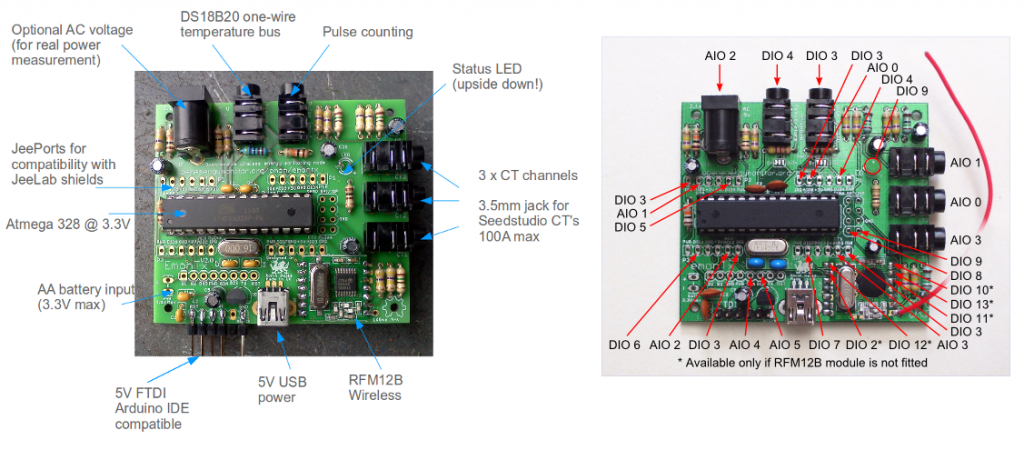Custom power meter
-
Hi, any progress with this? I would be interested in trying to adapt this to my needs. I have just finished setting up the basic arduino sketch from http://openenergymonitor.org/emon/buildingblocks/how-to-build-an-arduino-energy-monitor-measuring-current-only
and i assume this should just work with the sketch you are working on?
-
Hi, any progress with this? I would be interested in trying to adapt this to my needs. I have just finished setting up the basic arduino sketch from http://openenergymonitor.org/emon/buildingblocks/how-to-build-an-arduino-energy-monitor-measuring-current-only
and i assume this should just work with the sketch you are working on?
-
My hardware is on photo. I prepare hardware from emoncms site for 3 phases. My sketh working good so far about 3 weeks. My controler is pidome and send values to emoncms on mys NAS.
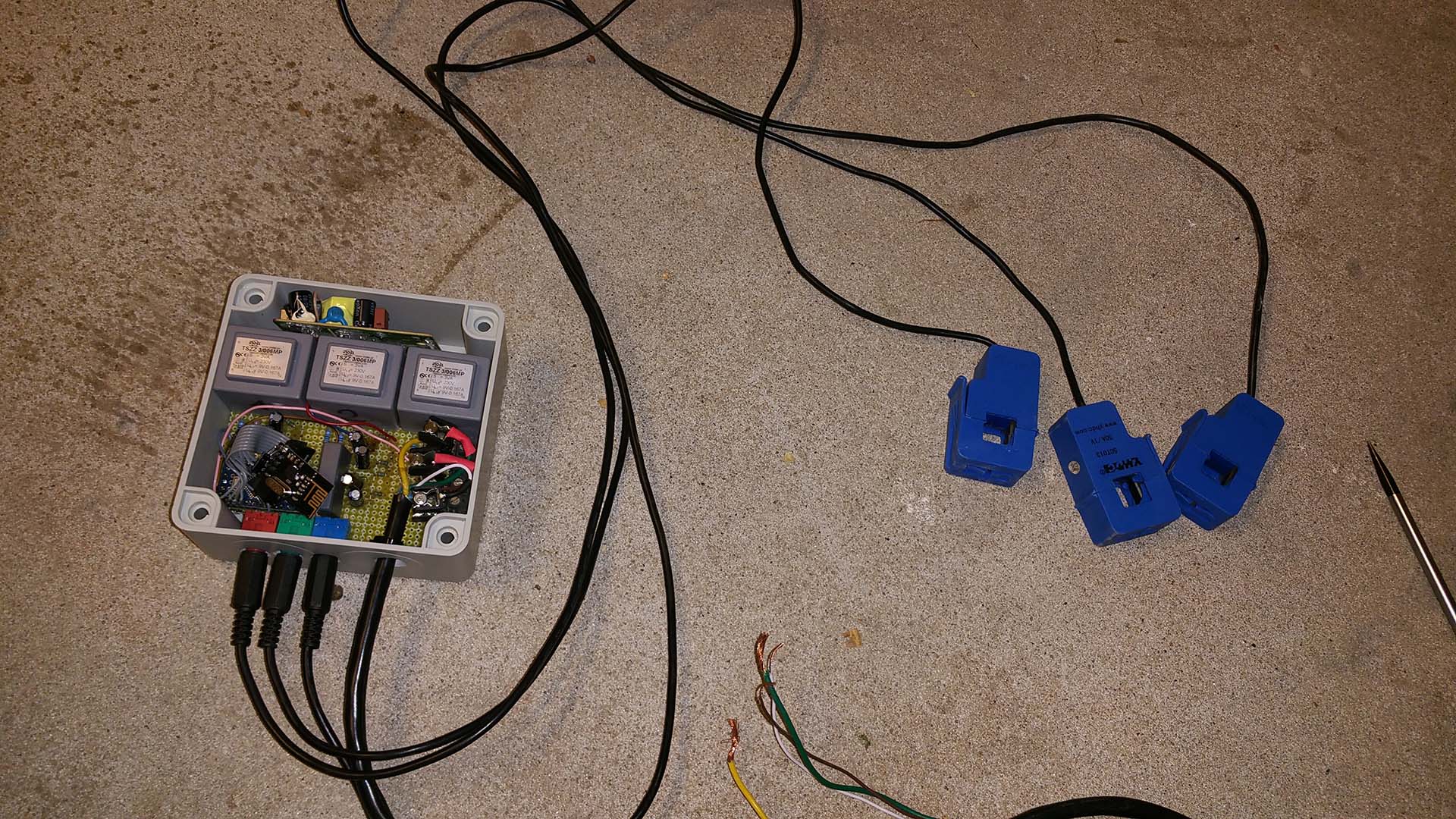
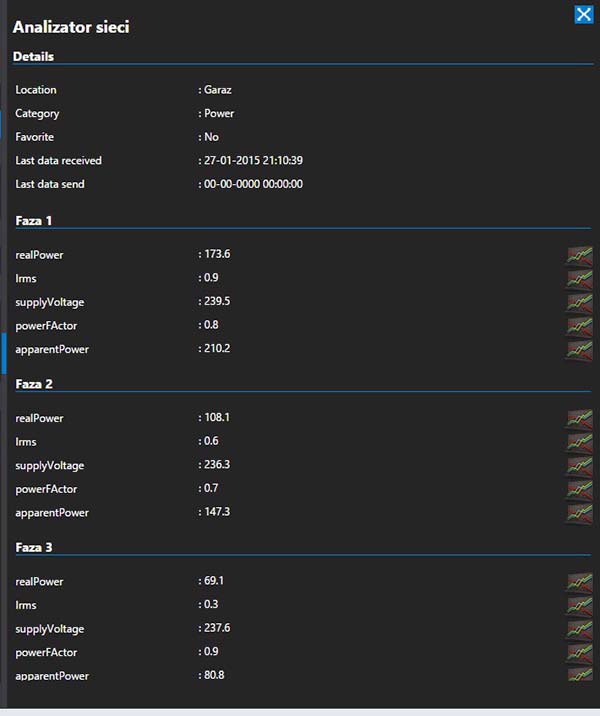
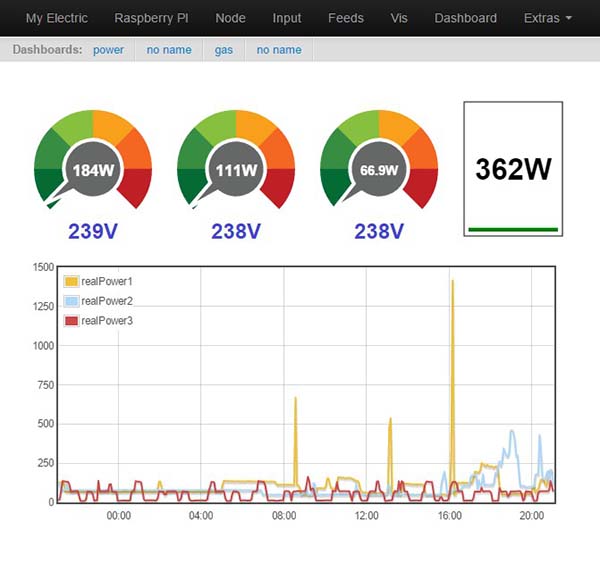
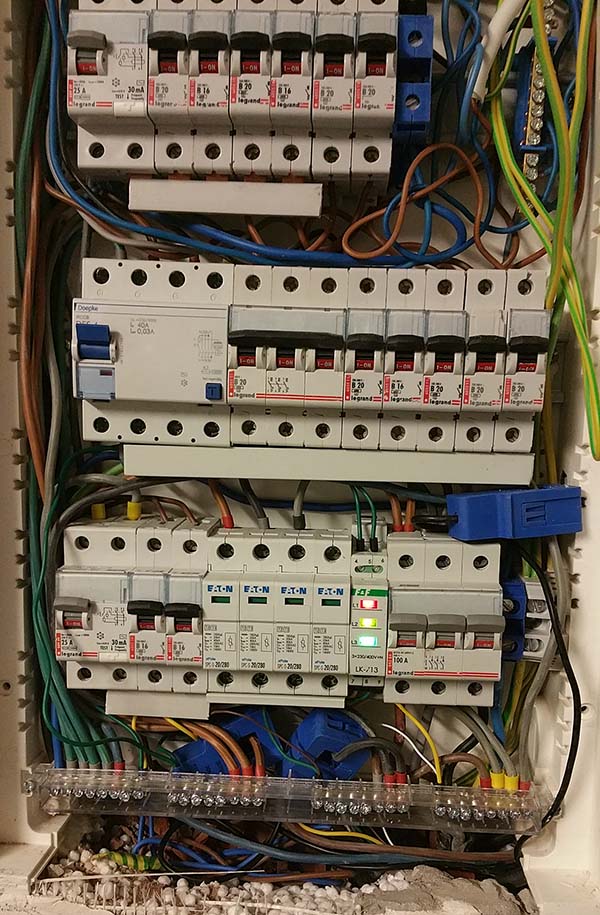
-
My hardware is on photo. I prepare hardware from emoncms site for 3 phases. My sketh working good so far about 3 weeks. My controler is pidome and send values to emoncms on mys NAS.




-
Hello,
I've been looking in to this for quite some time. Here in the US, our residential wiring is usually 220V "split-phase" where we have a neutral/ground connection that allows us to get 120V from either "leg" (not to be confused with phase) to "ground". If you go "leg to leg", you'll get the full 220V of the phase.
I've been searching quite a bit and am a little confused so I was hoping that you could expand on your solution a bit. (schematics, part numbers, full sketch) Your efforts look great. I'm wondering how you've integrated in to MySensors (and your controller, Vera?)
In my case, I think that I will need to do the following:
- Have two CT's - one for each leg
- Have two transformers to measure each leg to neutral
- Somehow convert the voltage-measurement transformers in to something Arduino can read (0-5V)
- Convert the current induced by the CTs to a voltage that the Arduino can read
- Do the "V*I" math to calculate power, etc.
Most US based solutions call for only one transformer/leg-measurement. However, I have seen an imbalance in my utility power. I'm not sure if this is due to underground resistance, faulty utility transformers, etc. But my point is, I think it'd be safer to measure both, do my calculations separately, and then add them accordingly (in software) to get total power consumption.
Can you expand a bit on my thoughts? Has anyone in the US been successful in my above approach?
-
@maglo18 how many is your burden resistor ?
If found a blog where he talk about of turn in the sensor, do you know how many is it ?
http://www.homautomation.org/2013/09/17/current-monitoring-with-non-invasive-sensor-and-arduino/ -
Hi @maglo18 i have been using a current only version of emon for quite some time, i am interested in adding the ac-ac transformer to calculate the apparent power more accurately. Do you have a project page for your build with diagrams and specs? What type of transformers are you using (i can just about read it from picture) and how happy are you with the performance?
Thanks Gambituk
-
Hi All,
Did anyone worked with this sensor SCT-013-000 and Openhab? I would like to ask how can I integrate this with Openhab so to be able to display the apparent power consumption in watts, to display the Kwh starting a certain date lets say starting on 12th this month or from today as for example and to display to total Kwh.
@maglo18 where are you from?Any help or suggestion will be kindly appreciated.
Thanks All!
-
@GambitukI am very happy with performance. I'm logs power every 10s and voltage every 60s. It is sufficient. I built like on this site http://openenergymonitor.org/emon/buildingblocks/measuring-voltage-with-an-acac-power-adapter
You can use transformer what you like but you must add voltage divider to have voltage max 2,5V on input in arduino if you use arduino 5VPS Poland/Warsaw

